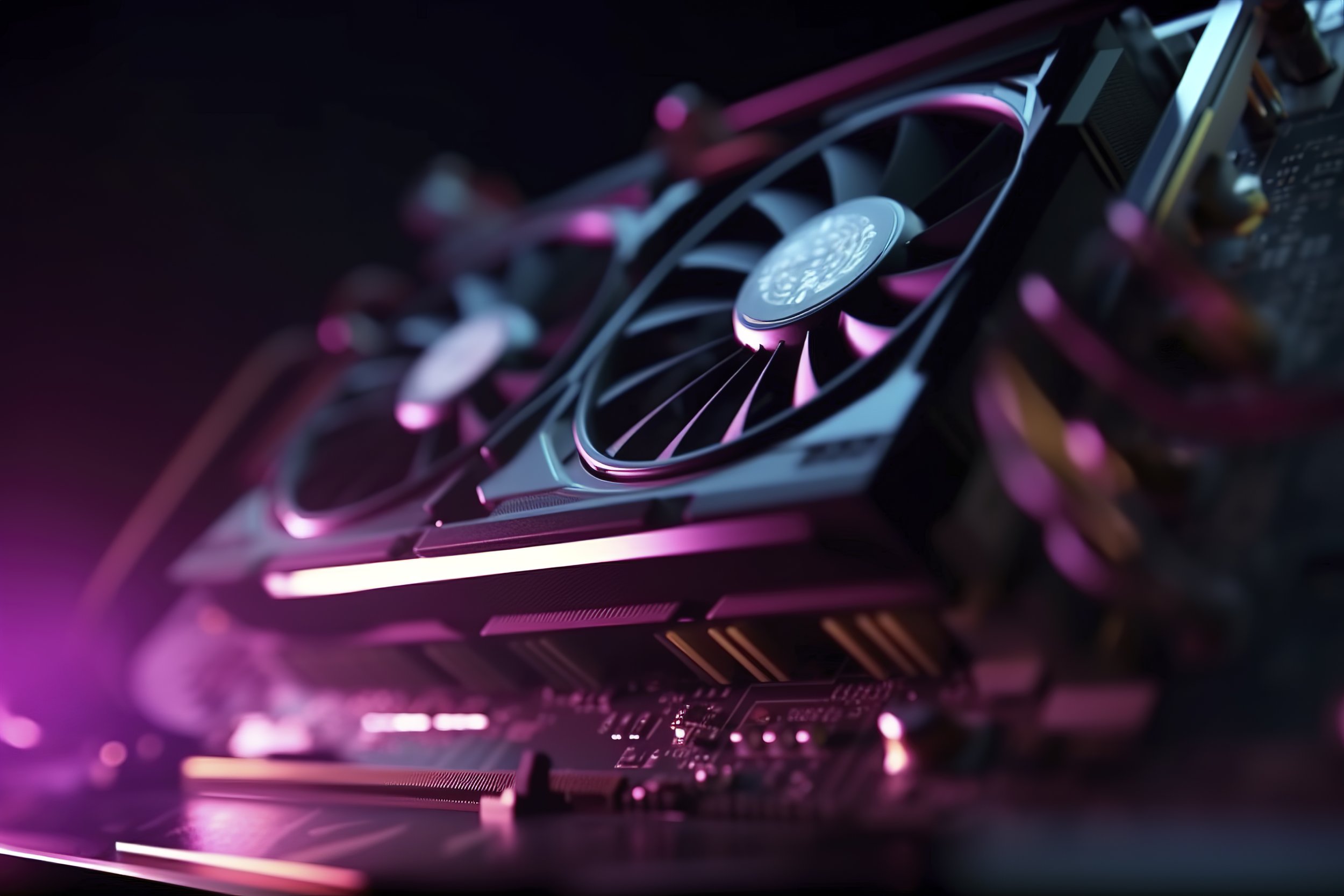AMD RX 7000 vs. Nvidia RTX 4000 – A Deep Dive
The quest for the ultimate graphics card continues, with the recent launches of AMD’s RX 7000 and Nvidia’s RTX 4000 series further heating up the competition. Both companies promise groundbreaking performance, cutting-edge features, and the potential to power the next generation of immersive gaming experiences. But with so much information thrown around, choosing between these two titans can be overwhelming. To help you navigate this battlefield, we’re diving deep into a comprehensive comparison, dissecting their strengths and weaknesses across various aspects.

Price: The Budget Battleground
The most immediate difference lies in pricing. As of October 26, 2023, AMD adopts a more wallet-friendly approach. Their flagship RX 7900 XTX and XT start at £899 and £829, respectively. This significantly undercuts Nvidia’s RTX 4000 series, where the RTX 4090 and RTX 4080 come in at a steeper £1,499 and £1,099. The RTX 4060, 4060Ti and 4070 come at around £400, £500 and £700. This price disparity makes the RX 7000 series a potentially more accessible option for gamers seeking high-end performance without breaking the bank.
Technical Specifications:
While price offers a clear distinction, the true heart of the battle lies in the technical specifications. Both series boast impressive architectures, but understanding their nuances is crucial for informed decision-making.
AMD RX 7000:
- Architecture: RDNA 3, built on a 5nm manufacturing process, promising increased efficiency and performance compared to the previous generation.
- Maximum VRAM: 24GB GDDR6, offering ample frame buffer memory for demanding textures and high resolutions.
- Stream Processors: 6144, responsible for handling graphics workloads. While lower than the RTX 4000 series, AMD claims architectural improvements compensate for this difference.
- Memory Bus: 384-bit, facilitating faster data transfer between the GPU and memory.
- TDP (Thermal Design Power): Up to 355W, indicating the maximum heat dissipation the card is designed to handle.
Nvidia RTX 4000:
- Architecture: Ada Lovelace, also built on a 5nm process, aiming to deliver significant performance leaps over the previous RTX 3000 series.
- Maximum VRAM: 24GB GDDR6X (RTX 4090), 16GB GDDR6X (RTX 4080), offering faster memory speeds compared to the RX 7000 series’ GDDR6.
- CUDA Cores: 16,384 (RTX 4090), 9728 (RTX 4080), essentially Nvidia’s equivalent of stream processors, with a higher core count potentially translating to raw performance gains.
- Memory Bus: 384-bit (RTX 4090), 256-bit (RTX 4080), impacting data transfer speeds and potentially affecting performance at higher resolutions.
- TDP: Up to 450W (RTX 4090), 320W (RTX 4080), highlighting potentially higher power consumption compared to the RX 7000 series.
Performance: The Benchmark
While both companies showcase impressive performance numbers based on their own internal testing, real-world benchmarks conducted by independent reviewers are crucial for a definitive verdict. Early indications suggest the RTX 4090 might be faster in specific scenarios like ray tracing, but AMD’s FSR 3.0 AI upscaling technology could bridge the gap at high resolutions. Additionally, the efficiency improvements of AMD’s RDNA 3 architecture could translate to better performance per watt compared to the RTX 4000 series, especially considering the latter’s higher TDPs.
Future-Proofing:
The ability to handle future advancements is a crucial consideration when investing in a high-end graphics card. Here, the RX 7000 series takes a significant step forward. It boasts DisplayPort 2.1, the latest display connection standard, enabling support for resolutions up to 8K 165Hz. This future-proofs the card for the potentially widespread adoption of high-refresh-rate, high-resolution monitors in the coming years. The RTX 4000 series, on the other hand, is limited to DisplayPort 1.4, potentially capping its ability to handle future display advancements without requiring an
Summary
Choosing between the AMD RX 7000 and Nvidia RTX 4000 series ultimately boils down to your individual needs and priorities. Here’s a recap to help you make an informed decision:
For the budget-conscious gamer: The RX 7000 series presents a significant price advantage, making it a more accessible option for high-end performance.
For the future-focused user: The RX 7000 series’ inclusion of DisplayPort 2.1 future-proofs it for the potential adoption of high-refresh-rate, high-resolution monitors.
For the raw performance seeker: While independent benchmarks are still needed for a definitive answer, the RTX 4000 series, especially the RTX 4090, might hold the edge in specific scenarios like ray tracing. However, this potentially comes at the cost of higher power consumption and a steeper price tag.
Remember, the battle between AMD and Nvidia is constantly evolving. New information, including independent benchmark results, will continue to emerge. Stay updated to refine your decision and choose the champion that best suits your gaming needs and budget.
Techfident offers a comprehensive range of solutions for both remote support and remote desktop needs. Whether you’re seeking technical assistance or seamless remote access, we have the right tools and expertise. If you’re in desperate need of IT Support, get in contact with us now.




